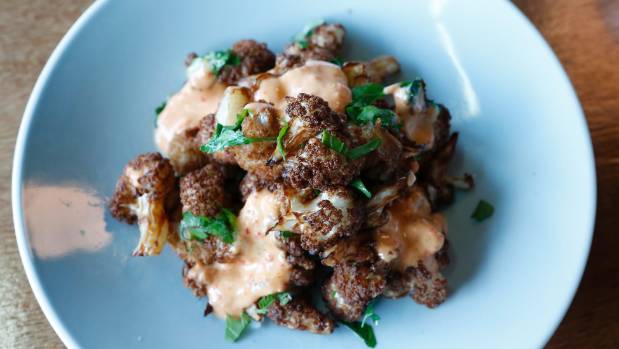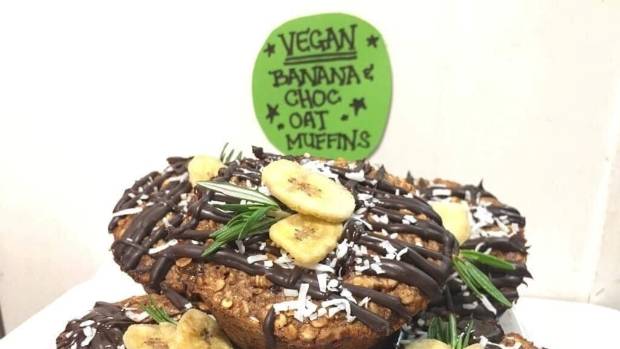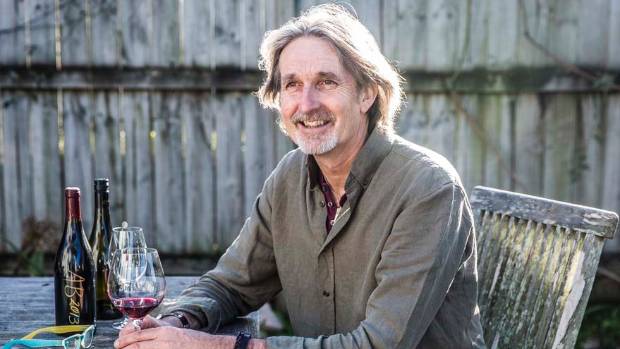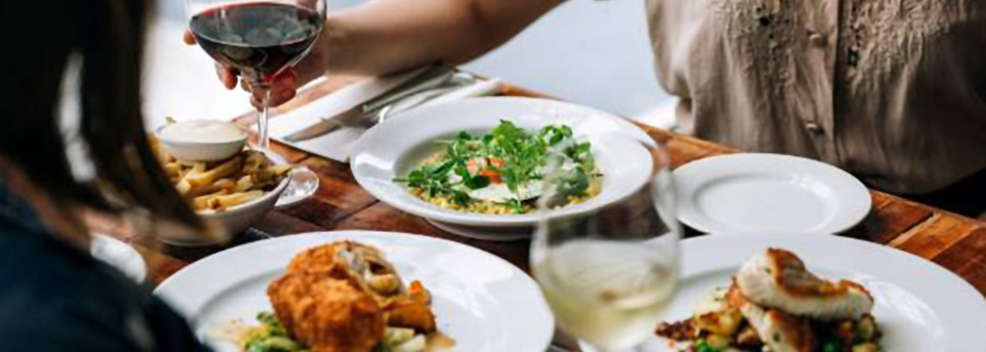Arbour co-owner Liz Buttimore recalls that when she first started managing restaurants she could fill her bookings for a year.
A typical diner would have a set booking for a set time – say 6.30pm every Friday.
The restaurant sailed on through the seasons like a stately cruise ship on auto pilot.
If the diner was away, he would let the restaurant know it could have its table back for someone else.
“We also promoted the use of imported products because we thought it was fancy and exciting,” she says.
This glimpse at the not-too-distant past is revealing for how much things have changed.
Buttimore’s degustation-only Arbour in rural Blenheim is a perfect example of a modern approach to restaurants. It is casual, sophisticated, asks diners to trust the chef’s choices, and cooks produce from right on its doorstep.
That’s literally. Some suppliers do drop off their veges on the restaurant’s doorstep.
Buttimore says change is accelerating.
“We have been heading this way for years, but right now it feels like it is moving at a really fast pace,” she says.
Trendy New Zealand restaurants now are increasingly health-focused, casual meeting places.

Liz Buttimore says restaurants are changing rapidly to fit diners changing expectations.
Popping up on the menus are more gluten-free, dairy-free and even FODMAP-free dishes.
We are getting more vegetarian, vegan, local-first, plant-based, and wholefood dish options.
While there will always be a steak and snapper fillets, trendy restaurants will tell us what farm the steer came from or what sustainable way the fish was hooked, because that matters to us now.
Prices are better value to quality because we dine out more often and want to be able to afford to do so.
Restaurant Association CEO Marisa Bidois says diners are steering the changes in restaurants.
The association recently polled its members on coming trends and nearly two-thirds (64 per cent) picked demand for restaurants and cafes to provide locally-sourced, sustainable and plant-based cuisine.
Nearly a half (44 per cent) mentioned the importance of healthy dishes, including fresh produce and that list mentioned above of diet and allergy friendly options.
Nearly a third picked an increase in vegan, vegetarian and plant-based dishes.
Bidois says focusing on healthy food is a global trend and no passing fad. Restaurants that want to survive and thrive need to change to meet it.
In many ways it mimics how we are eating in general.

Crispy Cauliflower and Harissa Mayo from the Salty Pidgin in Wellington is the kind of full flavoured vegetarian dish more and more people want these days. Photo: Cameron Burnell/Stuff
Supermarkets like Countdown report that sales of health and wellness foods are booming.
We are filling trolleys with fermented foods, gluten-free products, organic products, reduced sugar products and whatever the latest “superfoods” are.
We want more vegan and vegetarian products and, according to Roy Morgan Research, more than one in 10 Kiwis say they are always, or often, vegetarian.
Another important influence is the rise of the Nordic-style ethical, sustainable, seasonal, wholefood, local produce, sub-movements.
It sounds complicated, but flying in fresh foie gras and Atlantic halibut steaks from Europe for a fancy main in Palmerston North would be about the opposite of what it stands for.
This is about believing food is better for you and for the world if it’s fresh and from nearby. The booming farmers markets are another sign of this.

Restaurants and cafes are increasingly responsive to the vegan market.
New Zealand School of Food and Wine director Celia Hay says diners have never been more focused on what is in food and what they believe they should be eating.
At the same time, she says the new food control plans restaurants must have now as a result of the 2015 Health and Safety Act have forced chefs themselves to think more carefully about what’s in their dishes.
A pointed reminder about that came from Britain a few years ago when an Indian restaurant owner was jailed for six years after a customer died from a severe anaphylactic shock. The restaurant owner had sold a no-nuts curry that contained peanuts in flour to save money.

AUT senior lecturer Alan Brown says trainee chefs are being taught new skills to match changing expectations from diners. Photo: supplied
AUT senior lecturer in cooking Alan Brown says how new chefs are trained has changed.
Young chefs learn the classic French basic skills, but they are being taught more about vegetarian dishes and ethnic cooking.
“In our nutrition papers, we certainly do all the other things, the nut allergies, gluten free and that sort of stuff.”
Hay says it’s more efficient for restaurants to tweak some dishes and offer them as vegetarian, vegan or gluten-free, than to have to respond to requests on a case-by-case basis.
Of course vegetarians want real dishes made of vegetables, not a lazy meat-free risotto or pasta.
So restaurants lift their vegetable dish quality – which draws more diners to ordering them.
The other big trend, the casualisation of dining, she says goes back to the Global Financial Crisis of 2008, which hit New Zealand in about 2009-2010.
People were poorer but they still wanted to eat out to lift their spirits. They sought out cheap, friendly, less formal places and still do.
That mood has only grown stronger as Kiwis embrace the fun, relaxed social side of dining. Think tapas and shared plates.
Hay says there’s still a necessary affluence underlying everything.
“You can be more fussy about what you eat if you can afford it. People who can’t afford it, don’t care. They just go for a Big Mac,” she says.
Hay, who is the author of How To Grow Your Hospitality Business, says chefs are becoming as diverse as their customers.
Some run specialist restaurants and are passionate about fermented foods and so on, while others are more old school and “can’t stand it and roll their eyes”.
But she says the most successful places now are those which understand these trends and where the food is not too expensive.
So where does that leave fine dining, the stereotypical restaurant image most of us have, where formality and expense rule?
Cuisine editor Kelli Brett says mid-range restaurants are offering a level of excellence like never before.
“So for fine dining to survive and be able to charge a fine dining price and provide the level of service needed, I think it needs to work out how to provide a different type of experience that will hook a younger customer, but still hold on to that valuable, more mature customer.
“It’s unfolding and evolving. There will always be people who want to dine in an exclusive space, I’m not sure how that space will look just yet.”
One couple who have just put their money behind fine dining are Sid and Chand Sahrawat, who are taking over the French Cafe in Auckland, which sits right at the top of the fine dining tree.
“Absolutely there is a big market for fine dining,” Sid Sahrawat says.
“This casualisation thing is everywhere in the world. Casual dining restaurants are always more affordable. Fine dining is for when you want to celebrate something or want to spoil yourself or pamper yourself.”
Brown, who can remember with horror being taught at culinary school how to make a curry using a French roux, bananas and sultanas, says the big changes have given New Zealand stunning food at the moment.
“I think people do know more, but I don’t think they know as much as they think they do. But with immigration, we have got so much more diversity, so much more different food.
But are we at peak wonderful food and dining out?
Brown laughs. “Remember this conversation in 10 or 15 years time and again you will go ‘whoa, OK it’s better than it was’.”
